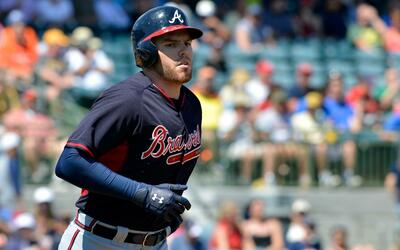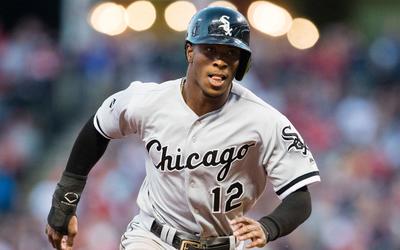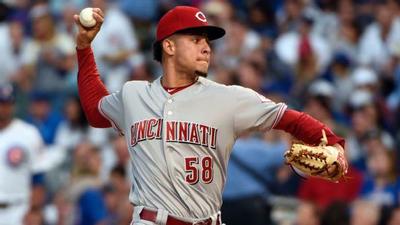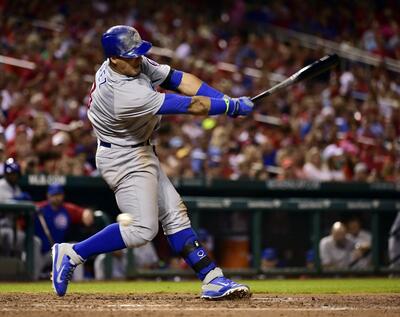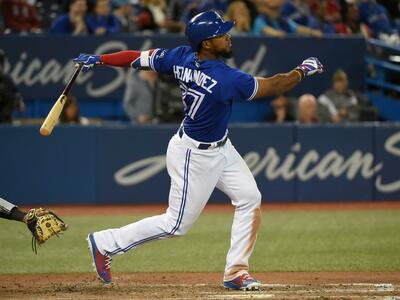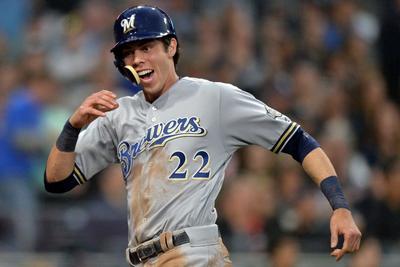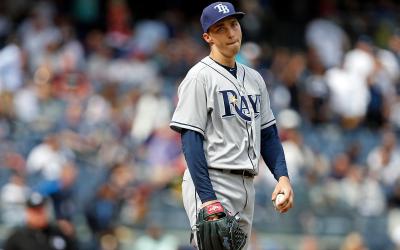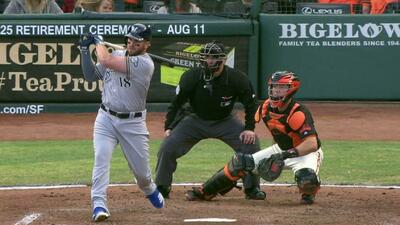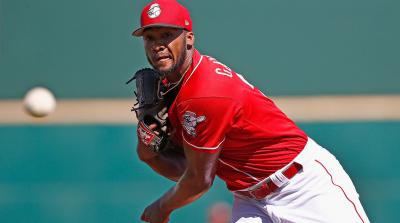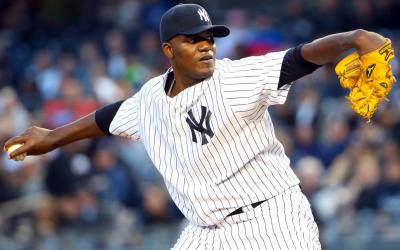In today’s belated edition of Sabermetric Tuesday we’re going to talk about the most unheralded aspect of Fantasy Baseball: Defense. In traditional or “real” sports the cliché “Defense wins Championships” is one of the most commonly used phrases throughout the season, but in fantasy sports its “all offense all the time”. Traditional formats don’t even recognize defense as part of the game and very few fantasy leagues use anything more than Fielding % to account for defense, but whether you’re aware of it or not, defense is a big part of the game.
At this point in the season you’ve been thoroughly schooled in the ideas of BABIP, BHIP%, Regressions to the Mean and all of the statistics and concepts we’ve thrown at you in hopes of most accurately predicting the direction of a player’s performance. But one of the things we rarely touch on explicitly is the impact a pitcher’s defense can have on their BABIP or BHIP%. When touching on an individual player we’ll often reference their current BABIP compared to career norms or compared to league averages, which are important and useful comparisons, especially for hitters. But when dealing with pitchers, we often forget to take into account the players behind them. We know that pitchers generally don’t have very much control over the end result of a batted ball in play, but we also know that certain defensive players are better than others. The better defensive players are able to cover more ground and they’re able to make more outs than their counterparts on those balls in play, so it would make sense that better defensive teams are able to deflate their pitcher’s BABIP and on occasion what may appear to be “good luck” for a pitcher is actually… well still good luck (lucky to play in front of great defenders) but much more sustainable than we’d initially perceive, making a regression less likely.
With that in mind, the first thing I’d like to take a look at is the best defenses in baseball by Team BABIP allowed. All of this information can be easily found at www.Baseball-Reference.com.
As we can see Oakland is really heads and tails above the rest of the league in terms of making outs on balls in play, as they’re about 2.5% better than the next best club: Tampa Bay. This is just another example of Billy Beane’s approach to exposing market inefficiencies. After the release of Moneyball all of the talk centered around On-Base Percentage, but those labeling players with high OBP’s “Moneyball Players” were really missing the point of the book, which was how Oakland’s front office was taking advantage of undervalued characteristics in the marketplace. At that point in time it was On-Base Percentage, but over the last few years Oakland has switched gears a bit and focused on tremendous defensive players to help take advantage of their spacious home ballpark. On the other end of the spectrum are the Pirates, who aren’t particularly adept at making outs once the balls put in play compared to the rest of the league (nearly 7% worse). I’ve included the league average for context, which as we’ve mentioned before tends to be right around .300. The context the league average provides is important because it gives us a reference point to understand exactly how much a defense is impacting their pitching staff’s BABIP. I’ve also included the Impact the team’s defense is having on their staff’s BABIP. In this case green, or negative, is good. As an example Oakland’s defense has deflated their staff’s BABIP by approximately 7.64%, meaning we could expect a pitcher with neutral luck pitching in front of Oakland’s defense to have a BABIP that is 7.64% lower than a pitcher pitching in front of a league average defense. This “Impact” category allows us to compare pitchers from different staffs to one another in a more comprehensive method than simply comparing them to “league average”. A pitcher with neutral luck pitching in front of Oakland’s defense is going to have a BABIP nearly 40 points below a pitcher with neutral luck pitching in front of Pittsburgh’s defense, a difference large enough that we’d typically (and incorrectly in this case) conclude one pitcher was significantly luckier than the other.
This is where it gets interesting! By comparing the “Impact” stat across the major leagues we can neutralize the effects of defense and really hone in on which pitchers are truly having the best and worst luck. I’ve gone ahead and collected all of the BABIP’s (as of the All Star Break) for the five pitchers on each team who have started the most games to this point in the season. I’ll post all of this data on the blog later in the week for those interested in looking up an individual pitcher’s “Impact”, but for now let’s cut right to the chase! Let’s take a look at the 10 luckiest and 10 unluckiest pitchers when accounting for differences in team defense.
As you can see even when we’re taking defense into account, the guys we’ve been harping on all season for their unusual good fortune, still rank quite highly. Gavin Floyd and Justin Duchscherer are two players we’ve talked about repeatedly having incredible fortune this year. After noticing Oakland atop the charts for Team BABIP allowed, Duchscherer’s name immediately came to mind. But even neutralizing the effects of team defense, Duchscherer’s BABIP allowed is nearly 23% below that of his team’s average. At some point, a pretty large correction should be on its way.
How about the least fortunate guys on the mound?
When looking at this list, two names in particular are breaking my heart: Clay Buchholz and Randy Johnson. I’m heavily invested in both of these and of the pitchers I’ve heavily invested in this year they’re pretty much the last two left standing (see McGowan, Dustin; Gallardo, Yovani; Smoltz, John). So while their performance has been nothing short of terrible all season, I can take a tiny bit of solace in the fact that both guys have been amongst the unluckiest in all of baseball.
Concluding Thoughts:
BABIP and BHIP% are extremely useful statistics when assessing player’s likelihood at maintaining their current level of performance, but when assessing pitchers in particular pay attention to the impacts a team’s defense can have on a staff’s BABIP. Pitchers playing in front of tremendous defenses often may have the perception of being luckier than they really have been. Of course in some cases, like Justin Duchscherer’s incredible 2008, even the best of defenses can’t explain the good fortune.



